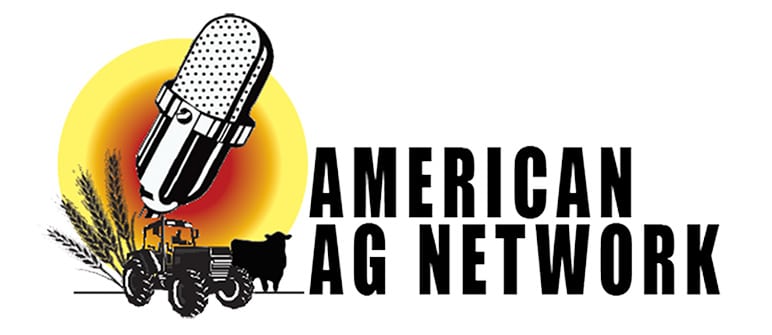STARKVILLE, Miss.—Mississippi State scientists are reaching for the stars to successfully maintain healthy soils on earth, developing a high-tech tool with potential to aid farmers around the world.
Along with 11 other academic institutions, Mississippi State is receiving $300,000 from a $9 million National Institute of Food and Agriculture grant to develop projects to help maintain or improve soil productivity, environmental health and sustainability.
The Satellite-based Soil Sampling Design, or S3DTool, aims to help take the guesswork out of soil sampling. Over two years, the team will develop and test this novel, automated soil sampler which uses a deep learning algorithm to extract information from historic satellite image data, giving farmers field-wide information from multiple points in time. From this data, S3DTool identifies recommended sampling locations throughout the field.
MSU’s research team combines the expertise of three assistant professors from the Department of Agricultural and Biological Engineering—principal investigator Vitor S. Martins and co-investigators Nuwan Wijewardane and Xin Zhang, all scientists in the Mississippi Agricultural and Forestry Experiment Station. Postdoctoral fellow Lucas Ferreira also supports all aspects of the research.
“There are satellites capable of capturing a new image of a field every day, and from the images of the canopy, you can calculate how well the vegetation is growing,” Martins said. “Since crop growth is an indicator of soil health, we hope to use our tool to provide feedback on the soil of an entire field, with all of its variabilities.”
Regular soil sampling—critical to maintaining healthy, productive agricultural fields—provides farmers data to support field management decisions, with samples taken at random points or in locations based on historic data and then analyzed in a lab.
While the practice allows growers to make evidence-based management decisions, it is time-consuming and expensive, especially for small and medium-sized farms. Also, data taken from a limited number of locations does not always represent an entire field, as soil properties may vary widely from point to point and from season to season.
“There can be so much variation—even in a small field—in terms of the soil’s moisture and other characteristics. Samples taken only one meter apart may yield very different data,” said Wijewardane. “It’s not practically possible to take as many samples as you need to assess the whole field.”
The team’s first step is mapping out the boundary of their test site at MSU’s R.R. Foil Plant Science Research Center with help from artificial intelligence technology. Next, they compile the highest quality satellite images of the site from the last decade or two and use AI machine learning techniques to create clusters indicating optimal geographic locations to test the soil. Finally, they conduct several manual soil tests in the areas pinpointed by the S3DTool to confirm the accuracy of its data.
Establishing the best possible soil maintenance practices today will allow agriculture to flourish now and for generations of farmers to come. If the team is successful, the S3DTool one day will be in the hands of farmers all over the world, providing targeted data to help them manage healthy crop fields.
“If this works, we can expand our model nationally and, possibly, even globally,” said Martins. “There’s a lot of work ahead, but we’re excited about the technology and its potential.”
To learn more about MSU’s Department of Agricultural and Biological Engineering, visit www.abe.msstate.edu.
Visit the Mississippi Agricultural and Forestry Experiment Station at www.mafes.msstate.edu.
Mississippi State University is taking care of what matters. Learn more at www.msstate.edu.


